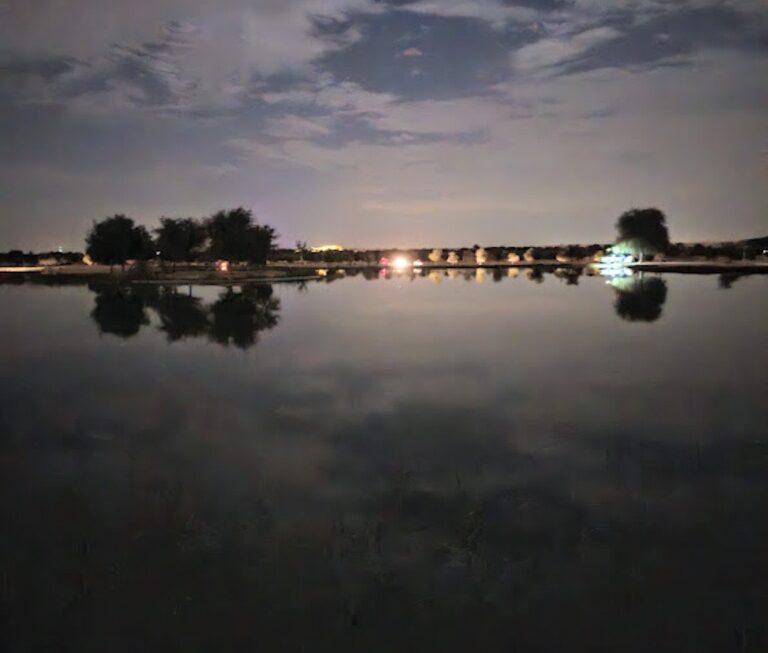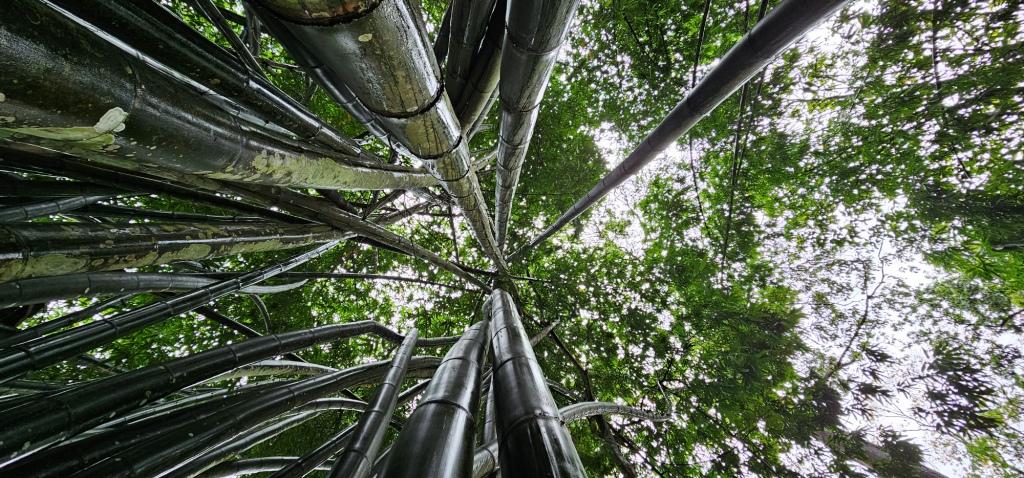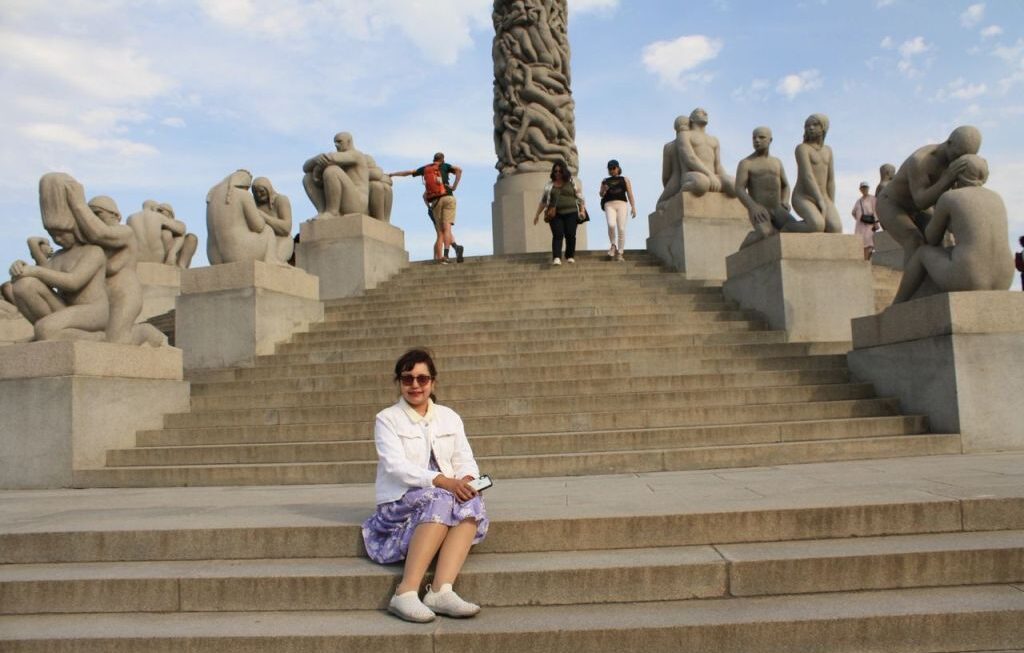When you’re in a place totally different from your personal norm, without any means of escape, there’s no choice but to adapt to your new surroundings pretty quick. In our travels, we felt that way; even in the most foreign of circumstances, it doesn’t take long to acquire a rudimentary, if far from deep, understanding of what’s happening. For better or for worse, the foreign can’t stay foreign long when you’re stuck right in the middle of it. After travelling to 20 countries other than India, and 20 states across India over the years, we can now say that collecting tales of real experiences and encounters is definitely not easy. As we wandered looking for these, we went through occasional embarrassment, frustration, discomfort and anger. Thankfully the end product overshadowed all this.
In the last leg of our Western Europe trip, we travelled to Italy. Our sojourn started in Venice and covered Florence, Rome, Pisa, Bologna, Milan and the Vatican City in five days. It was nerve-wracking hectic but supremely rewarding too. We were out and about early in the morning till late evening. But first things first, you have to accept Italy as Italy, it’s a rough and tumble country. Savour your cappuccino, dangle your feet over a canal and imagine what it was like centuries ago. Ramble through the rabble and rubble and mentally resurrect those ancient stones. There’s something seductively charming about this country, its people and la dolce vita. Italy is the cradle of European civilization.
Early evening in the Italian towns is the time for the ritual promenade called the passeggiata, when shoppers, people watchers, families and young flirts on the prowl, all join the scene to stroll arm in arm and spread their wings like peacocks. In a more genteel small town, the passeggiata comes with sweet whispers of “bella” (pretty) and “bello” (handsome). In Rome, the passeggiata is a cruder, big-city version called the struscio (to rub) and people utter the words “buona” and “buono”, meaning, roughly and tasty.
In Italy, the temptations are on parade – in the streets and in the gelato shops. Gelato is an edible art form. Italy is best explored with long, meandering walks, and nothing refuels the body and spirit like cones of gelato.
Though predominantly catholic Christian, the true religion in Italy now is life: motor scooters, soccer, fashion, girl-watching, boy-watching, good coffee, good wine and il dolce far niente (the sweetness of doing nothing).
Style matters for the Italians; it is very important to exhibit a positive public persona, a concept called ‘la Bella figura’. Italians dress well anytime they leave the house and they’d rather miss their bus than get all sweaty and mussed-up rushing to catch it. An elderly woman will do her hair and carefully put on makeup for her monthly doctor’s appointment and no matter how hot it gets, Italian men wear long pants, never shorts.
Our first stop in this eternally charming country was the romantic island city famous for St. Mark’s Square and Basilica, the Grand Canal and singing gondoliers – Venice. The most powerful state in the medieval ages, made famous by Casanova, the greatest seducer and lover the world has ever known. Venice is two cities: one garishly touristic and the other so romantic and tranquil that it makes you go fortissimo in describing it.

Geographically small but culturally rich, Florence is home to some of the greatest art and architecture in the world. It was in Florence, in about 1400 AD, that the Renaissance began. After wallowing for centuries in relative darkness, Western civilization was suddenly perky, making up for lost centuries with huge gains in economics, science, and art. And Florence was at the centre of it all.
Pisa Cathedral is one of the most impressive churches in Tuscany, Italy. A masterpiece of Pisan Romanesque architecture chiefly famous for its bell tower, the Leaning Tower of Pisa. Pisa and it’s Piazza Dei Miracoli have always been a fundamental stop on any trip to Tuscany. Despite the overwhelming presence of tourists from all over the world, who sometimes seem to have arrived here for the sole purpose of pretending to hold up the Leaning Tower – this sacred place still emits a timeless, evocative and powerful beauty. June is a great time to visit the city because Pisa hosts numerous local, traditional festivities, including the very famous Luminara, the Palio di San Ranieri, the Gioco del Ponte (Battle on the Bridge) and the Maritime Republics Regata (Regata delle Antiche Repubbliche Marinara), a centuries-old tradition of the Pisan Republic that, every four years since 1956, has revived a battle between the vessels of the ancient republics.
Bologna was real fun, the Neptune fountain is a major landmark in the city and has an interesting story behind it. The Pope appointed Giambologna to design and commission the fountain. Giambologna wanted to make an explicit and suggestive statue but the Pope didn’t agree. Because you don’t say no to the Pope, Giambologna grudgingly obliged, but secretly got his revenge. While standing behind and to the right of the statue, observers might notice Neptune’s hand is extended in a particular way. His thumb pokes out past his leg, creating the illusion that the god seems very … excited … indeed. One need only look down at the statue’s shadow (at the right time in the afternoon) to confirm.
Vatican City, a city-state surrounded by Rome, Italy, is the headquarters of the Roman Catholic Church. It’s home to the Pope and a trove of iconic art and architecture. St. Peter’s Basilica has so much that volumes over volumes can be written about it.
Our last stop in Italy before boarding the flight back home was Milan, a powerhouse city of commerce and fashion with spiny duomo, prestigious opera houses, and Leonardo’s Last Supper.
Enjoy the slice of Italy through our camera lens.
– by Ruchi Jain








